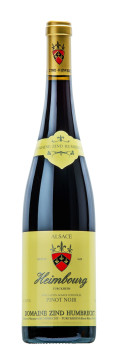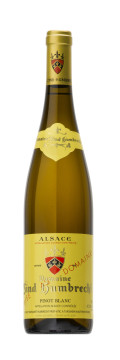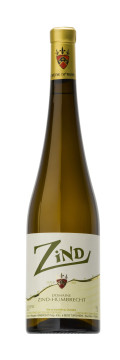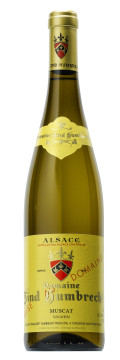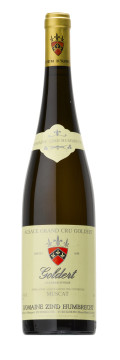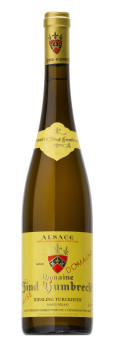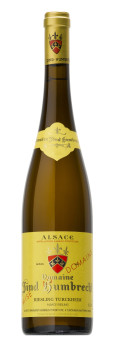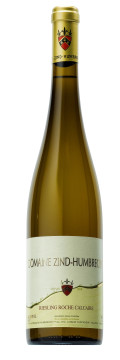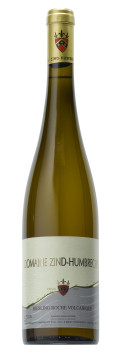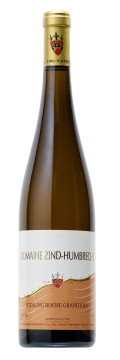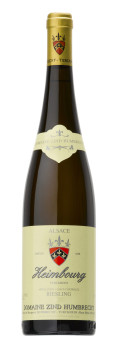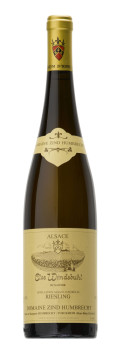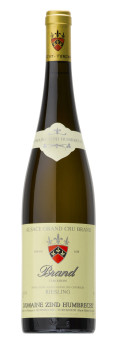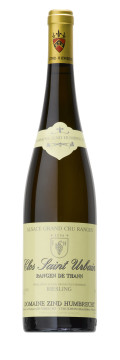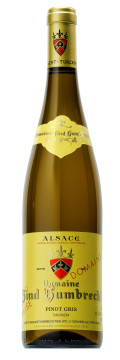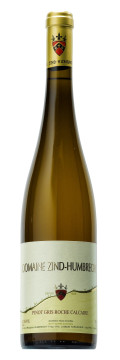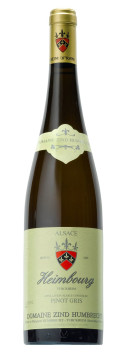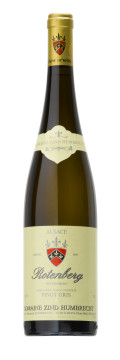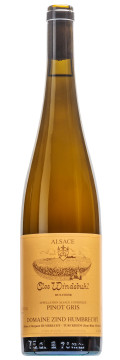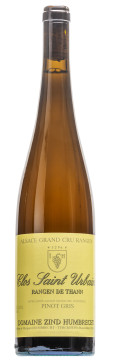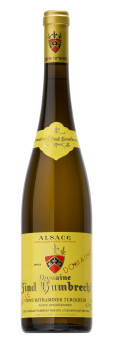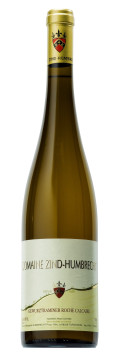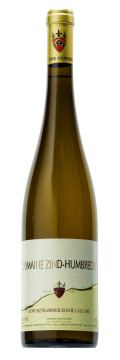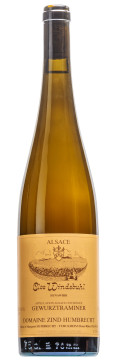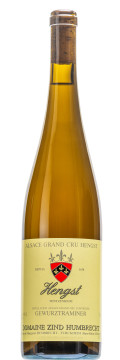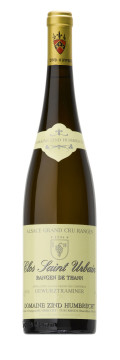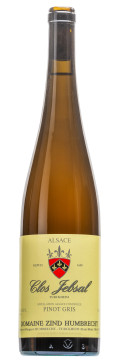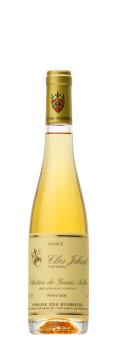Vintage 2016
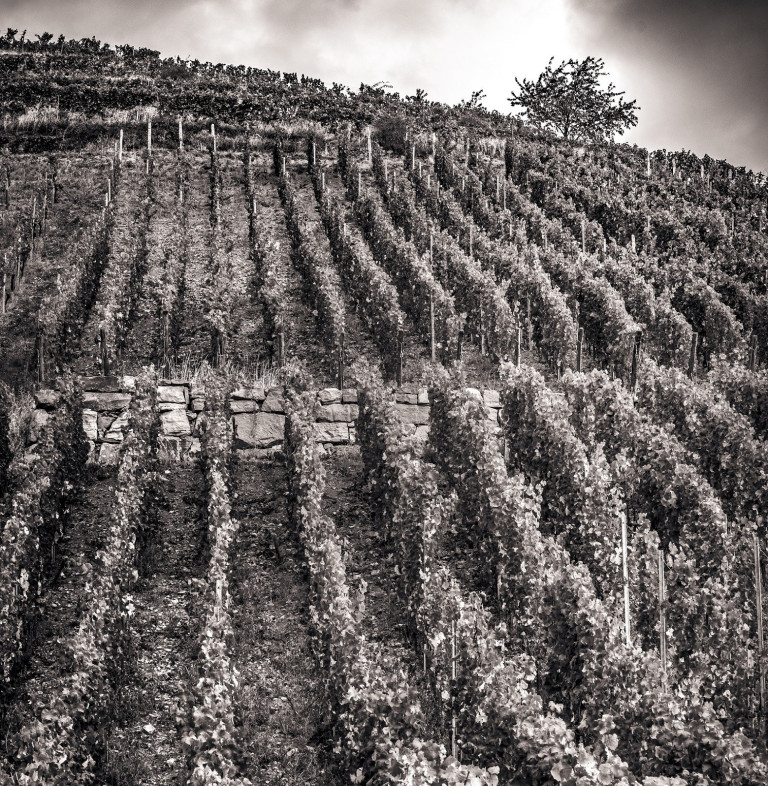
Description of the vintage
The vintage 2016 is extremely contrasted. A mild and wet winter and spring allowed for a fertile budbreak but also caused lots of disease problems (mildew). Summer and ripening period to the harvest were arid and warm. 2016 strangely combines the characteristics of an early and late ripening vintage.
Winter 2015/2016 wasn’t very cold, as it happens often now. A few frost days in March and lots of humidity helped delay the start of the budbreak to middle April. End of April the risk of frost was high but luckily for Alsace, only a few vineyards near the main valley floor were affected. As a consequence to the 2015 heat and hydric stress, the vines increased their fertility and the buds produced lots of clusters. It was possible to witness a potentially huge crop for 2016 early on. Important rainfalls in April, May and June (up to 3 times the average) caused serious mildew attacks and as a consequence, the flowering only started the second half of June. Mildew was aggressive very early and growers who skipped the first spraying had huge losses. The vines grew vigorously during this period. Keeping up with the spraying programs and canopy management was a challenge. End of June, we had 40 people on the payroll in the vineyards alone! At least, letting the grass grow wasn’t a problem.
As summer started, temperature started to climb (extremely hot mid July) and the rain stopped. This was abrupt, as we only had 100mm of rain in 4 months after the flowering. Véraison started mid August for all the grapes at the exception of the Gewurztraminer that took much more time. The vines halted their growth easily as the drought set in, but in many places, the vines started to express serious hydric stress problems at the end of August. The consequences were serious: lack of acidity, not enough sugar ripeness, tight bitter skins… especially where the viticulture wasn’t adapted (lower yields, removing cover crops, shading, superficial root system…) and on the poorer soil types (sandy soil, granite, sandstone…) for the younger vines. All grapes were affected by the drought, but the sugar blockage was particularly impressive on Riesling.
Harvest started mid-September with perfect weather conditions. With the exception of hydric stress with the young vines on the valley floor, the grapes were very healthy, showed good balance and both technically and physiologically ripe. Harvest was stretched over a long period of time, consequence of a prolonged flowering but also different soil behavior with the climate. Topography, soil type, microclimate influences were important in this vintage. Pinot-Gris were harvested quite early, benefiting from the late September heat, Riesling took a long time to build up sugar ripeness and Gewurztraminer took even more time to ripen its skins properly (over 120 days after flowering). October was much colder, with the wind blowing from the North, but also very dry and sunny. Differences between soil types were also marked, so for example the Brand vineyard was picked a month before the Rangen! Generally speaking, lighter soils were harvested end September/early October and heavier soils towards the end of October for the later grape varieties. Within the same vineyard, Pinot-Gris was picked a month before the Riesling. Harvest finished November 2nd on our estate, but it wasn’t rare to see some growers finishing only in December. Unfortunately, except for the Clos Jebsal, 2016 wasn’t a vintage for late harvest style wines.
The vineyards that produced a reasonable crop resulted in wines with great structure (acidity/ripeness) and complex textures. Having to wait a long time to harvest also guarantees perfect phenolic ripeness. Unlike many recent vintages, sugar levels are low, resulting in delicate structure and mostly bone dry styles. Alsace shows again how well the vineyards are protected by the Vosges mountain range as it is probably one of the rare regions that wasn’t too affected by frost and storms in 2016 in France. Most wines have only just finished their fermentation (September 2017), but it is clear that all grape varieties are successful and 2016 will be a delicate complex vintage.
